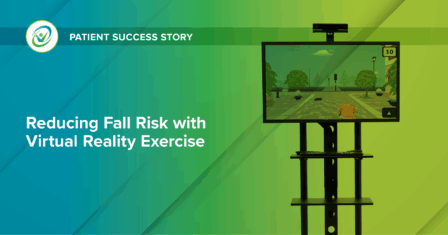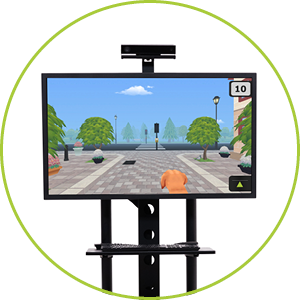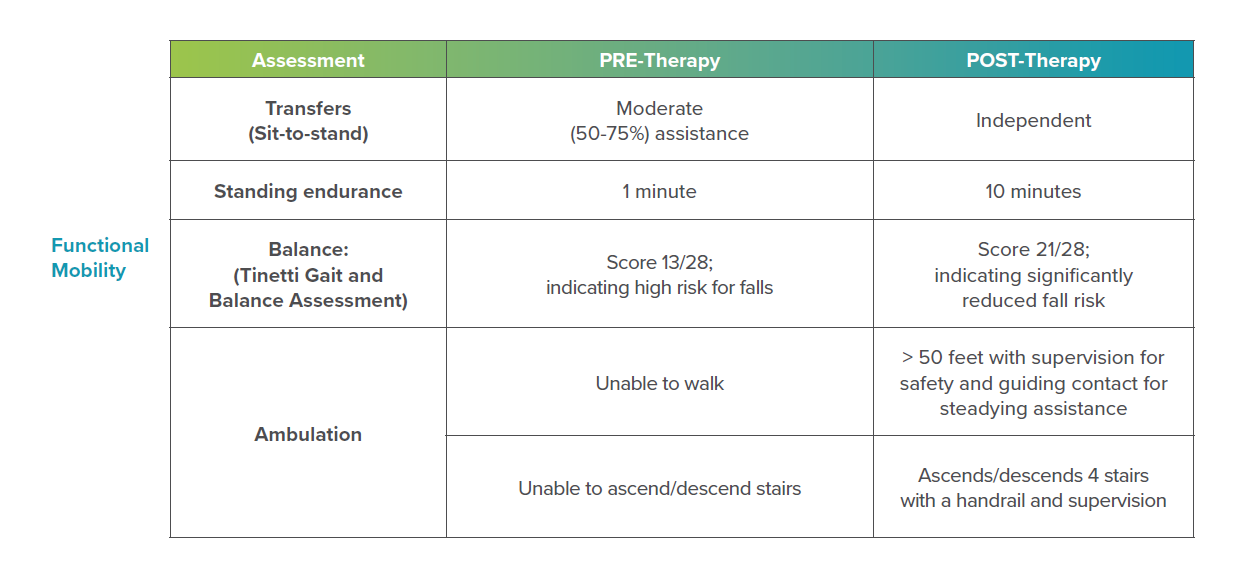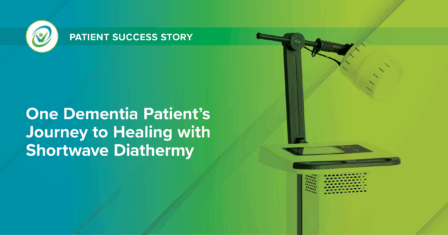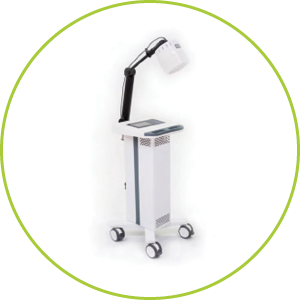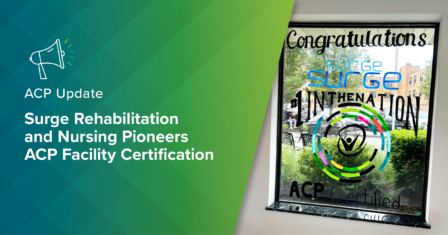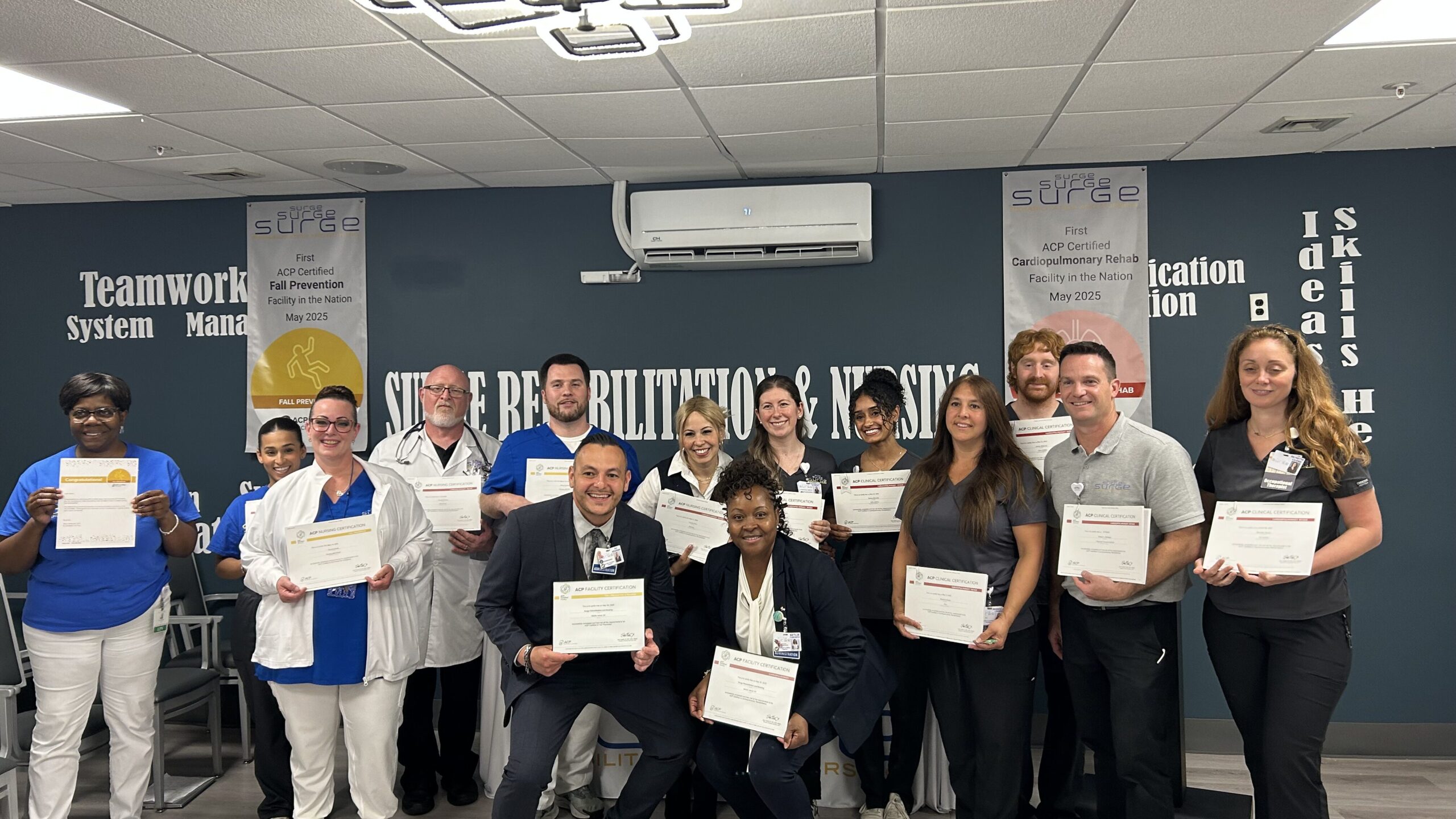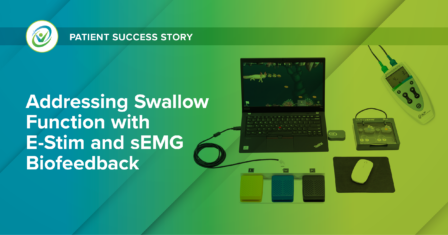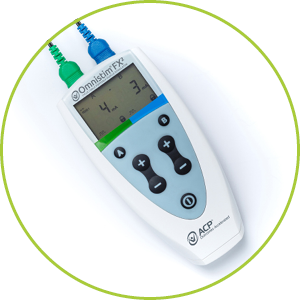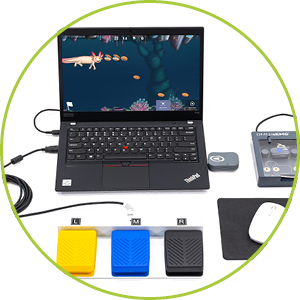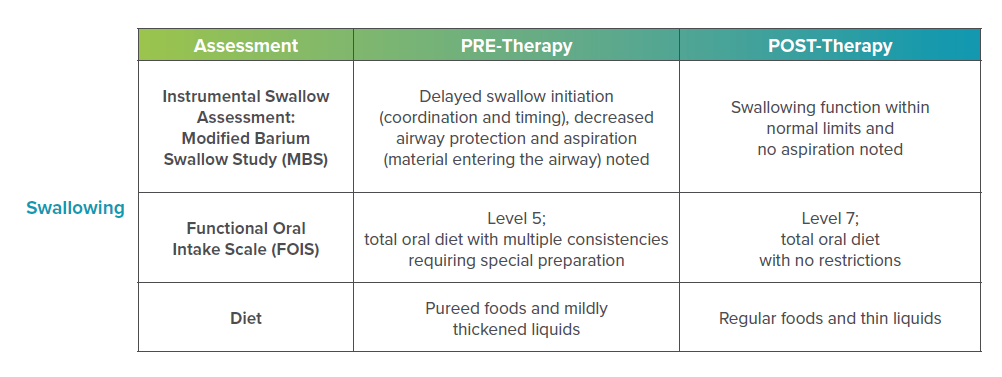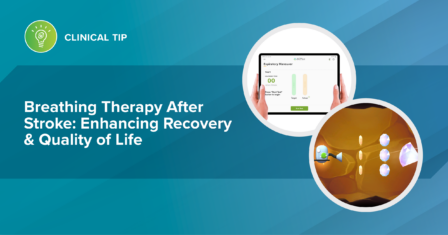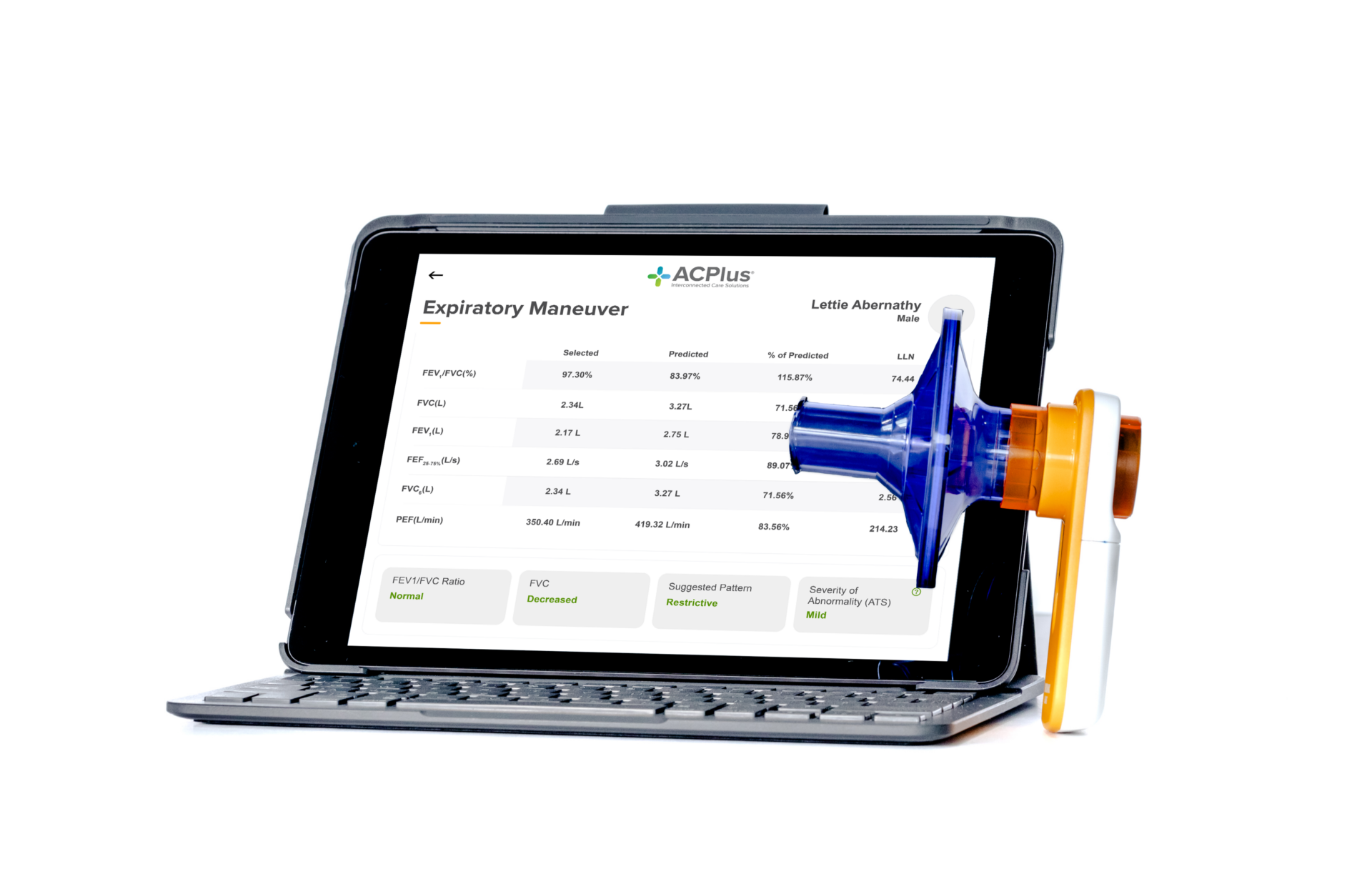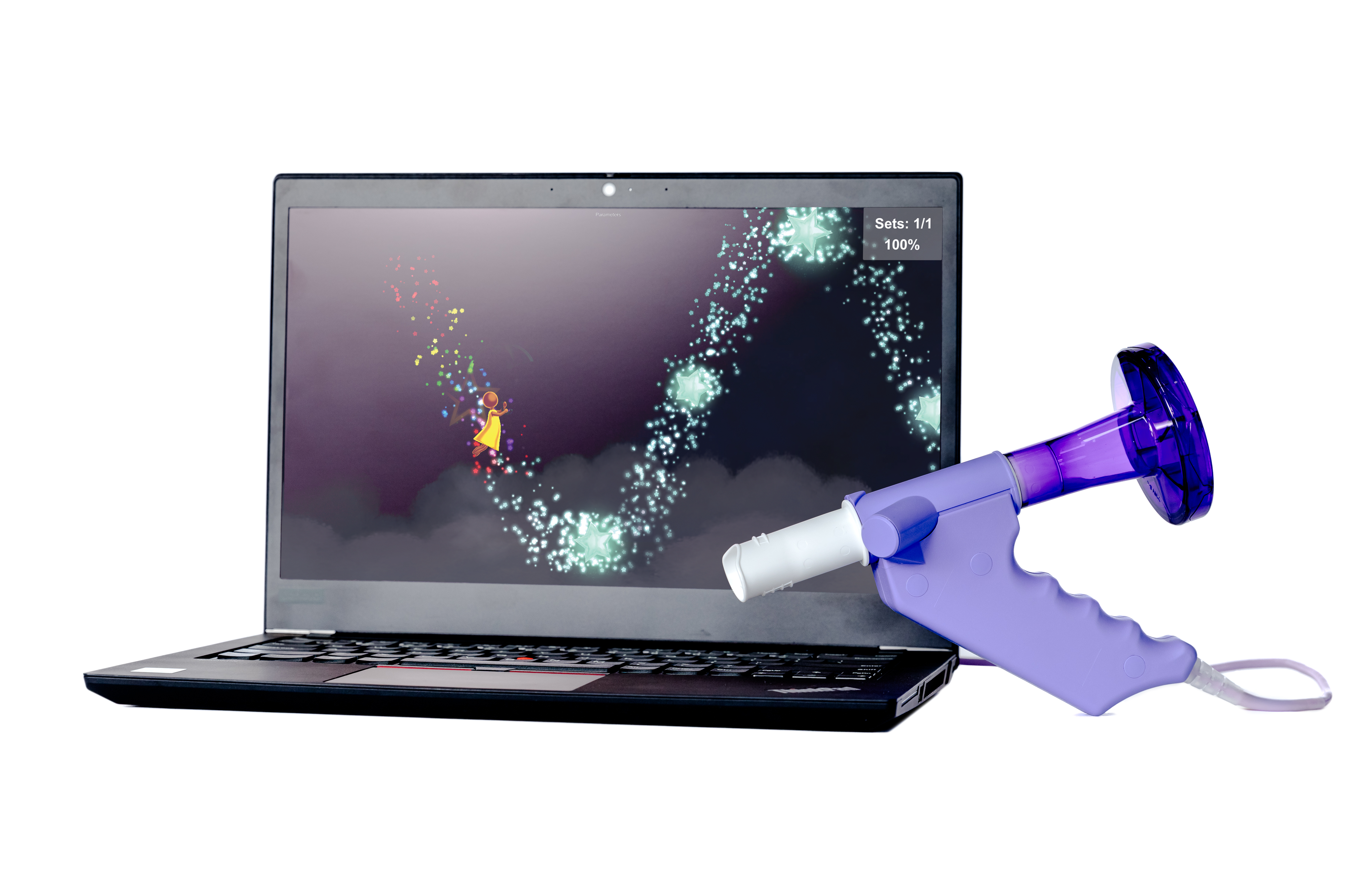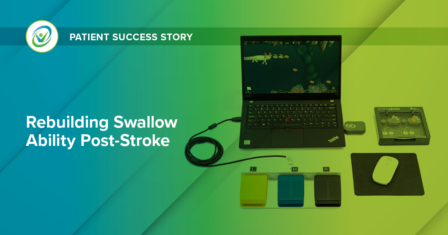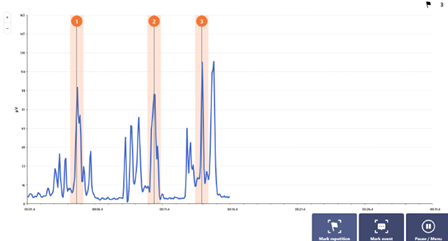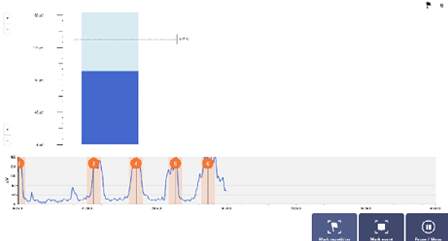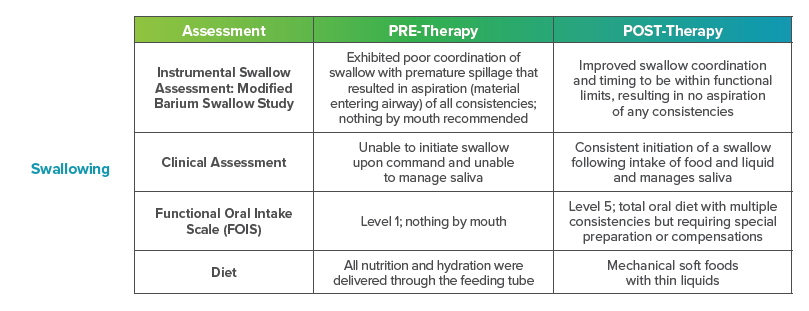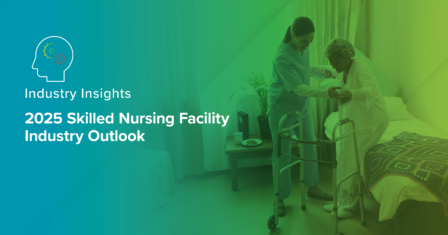The healthcare landscape is shifting again, and providers in post-acute and outpatient therapy settings need to think ahead. We recently hosted a webinar with industry expert Ellen Strunk, President at Rehab Resources & Consulting. She broke down the latest updates from the Centers for Medicare & Medicaid Services (CMS) that will impact care delivery and reimbursement in 2026.
Here are four essential takeaways:
1. Value-Based Purchasing (VBP) Is Getting More Complex
CMS is refining how skilled nursing facilities (SNFs) are evaluated under the VBP program. Performance in 2025 will directly affect payments in fiscal year 2027. Key measures like discharge function scores, fall rates, and discharge-to-community rates are more important than ever. Plus, CMS is introducing a two-step appeal process for VBP results, giving providers more room to challenge decisions.
2. Health Equity Adjustment Is Being Removed
The Health Equity Adjustment (HEA) was adopted in 2024 and aimed to reward top-performing facilities serving higher proportions of residents with dual eligibility status. However, CMS found it had minimal impact on payment outcomes (less than 0.1%) and is now proposing to remove it for simplicity. This means providers will need to focus on core performance metrics without expecting equity-based bonuses.
3. New Payment Models Are on the Horizon
Two major models are in play:
- Ambulatory Specialty Care Model: Targets outpatient treatment for chronic heart failure and low back pain. It’s still in the proposal stage but could reshape outpatient therapy payments. This model aims to reduce avoidable hospitalizations and unnecessary procedures, improve patient experience and outcomes, and lower cost to Medicare.
- TEAMS Model: Launching January 2026 and tracked for 5 performance years through December 31, 2030, this episodic care model covers five surgical conditions and tracks outcomes for 30 days post-discharge. SNFs with strong quality ratings may benefit from waived hospital stay requirements and closer hospital partnerships. This will enhance patient experience from surgery through recovery by supporting the coordination and transition of care between providers; promoting a successful recovery that can reduce avoidable hospital readmissions and emergency department visits.
4. Inpatient Only (IPO) List Is Being Phased Out
CMS is proposing to eliminate the inpatient only list over a three-year transition period, starting in 2026 with musculoskeletal services. Additional proposed removals from the IPO list include cardiovascular, lymphatic, digestive, gynecological, and endovascular procedures. This shift means more procedures could be done in outpatient settings, creating new opportunities—and challenges—for rehab providers to support faster recovery and transition planning.
Preparing for What’s Next
These changes reflect CMS’s push toward streamlined care, better outcomes, and stricter spending. Facilities should start preparing now to adapt their operations, track performance, and explore new partnerships.
Your Partner in Better Patient Outcomes
ACP provides the clinical programs, services, and technologies needed to thrive in today’s healthcare environment. Discover how our solutions can support your facility.
MRK-BLOG-031
The healthcare landscape is shifting again, and providers in post-acute and outpatient therapy settings need to think ahead. We recently hosted a webinar with industry expert Ellen Strunk, President at Rehab Resources & Consulting. She broke down the latest updates from the Centers for Medicare & Medicaid Services (CMS) that will impact care delivery and reimbursement in 2026. Keep reading for her key takeaways.


